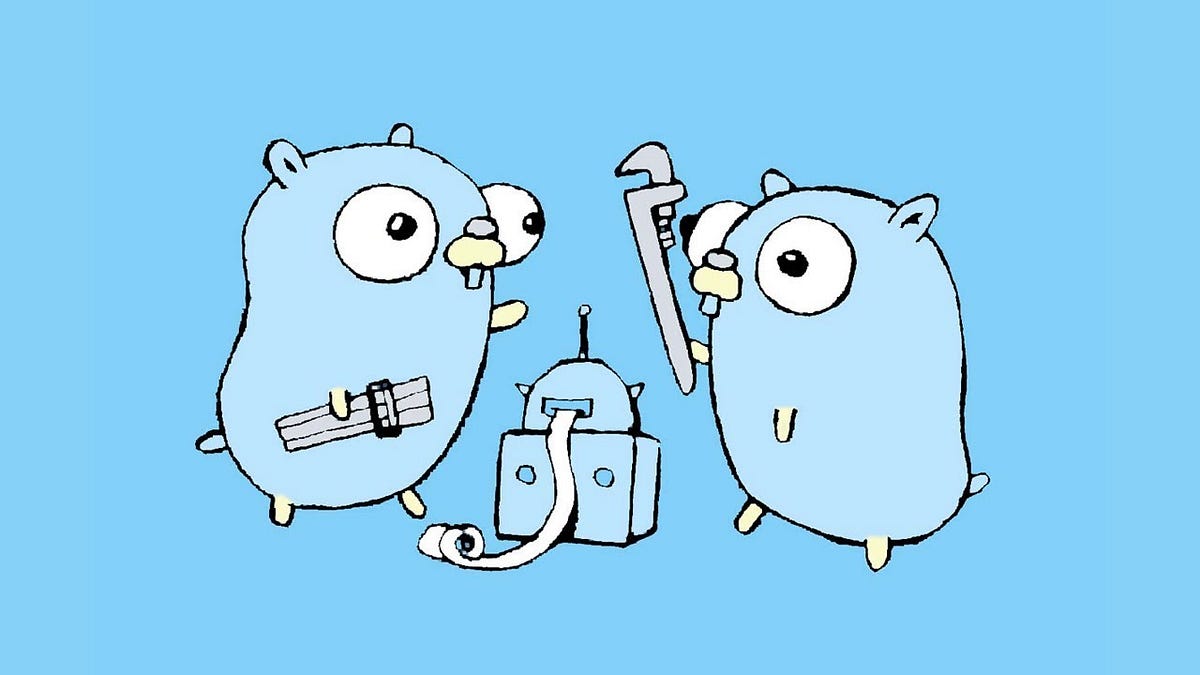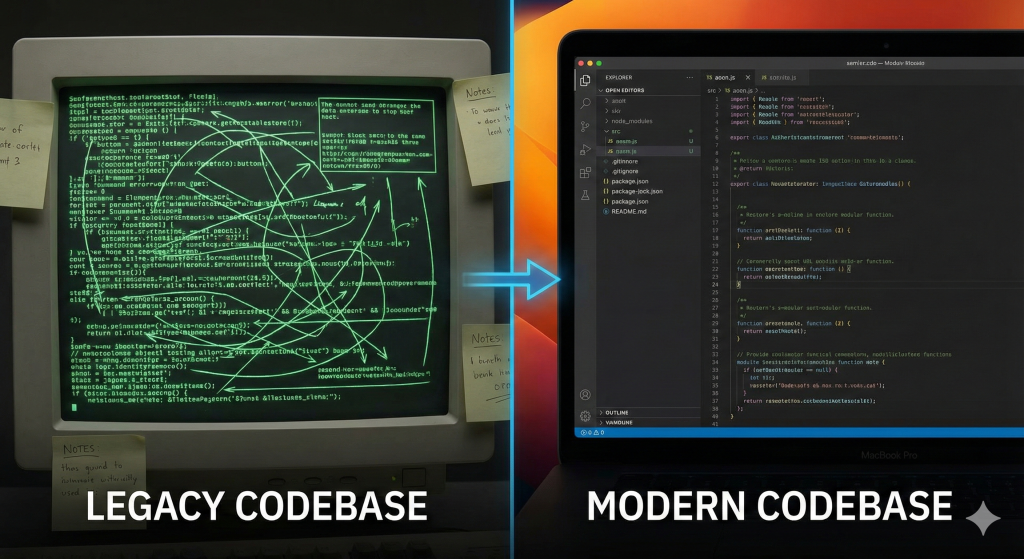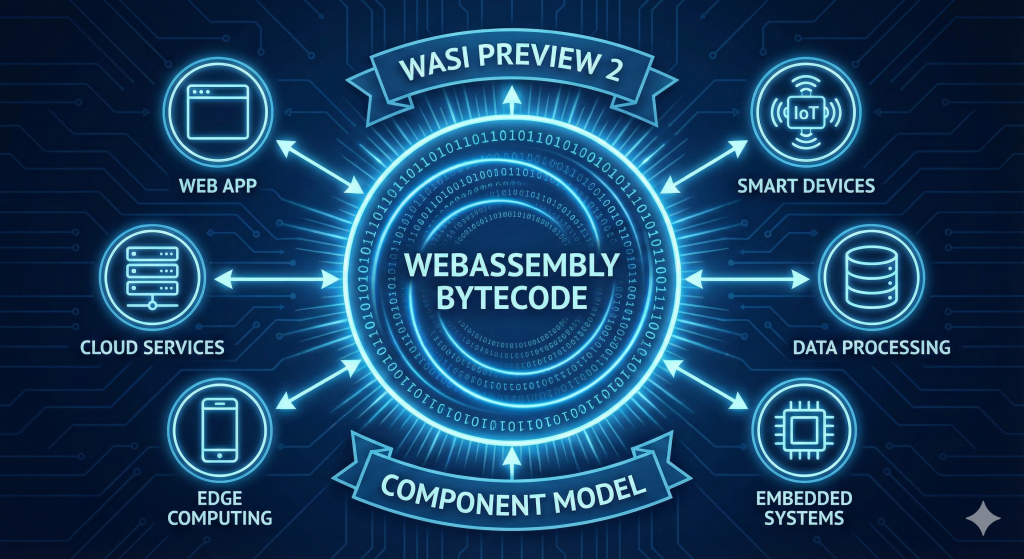Introduction to Go’s Concurrency Model
Go’s built-in concurrency model is a game-changer for developers building high-performance, scalable applications. At its core, Go leverages goroutines and channels to allow functions to run concurrently, efficiently managing simultaneous tasks without the complexity of traditional threading. This model simplifies concurrent programming by providing easy-to-use abstractions while ensuring that applications can maximize the utilization of multi-core processors.
In this post, we will take a deep dive into the various concurrency patterns in Go. We will explore basic concepts, such as goroutines and channels, and then move on to advanced patterns such as worker pools, fan-in/fan-out, pipelines, and rate limiting, and even touch on the actor model. Along the way, we will include code examples and research references from leading sources in the Go community.
Understanding Goroutines and Channels
The foundation of concurrency in Go lies in goroutines and channels. A goroutine is a lightweight thread managed by the Go runtime. They allow developers to run concurrent functions effortlessly. Unlike system threads, goroutines have a smaller footprint, making it possible to run thousands of them concurrently.
A channel in Go provides a way for goroutines to communicate with each other safely. Channels can be thought of as conduits that transport data between different goroutines, ensuring that the data exchange remains synchronized without the need for explicit locks.
Together, these features form a powerful framework that enables parallel processing while avoiding many pitfalls common in concurrent programming, like race conditions and deadlocks.
Common Concurrency Patterns in Go
With a solid understanding of goroutines and channels, developers can embark on implementing several concurrency patterns that help manage complex workloads. These patterns include:
- Worker Pools
- Fan-In/Fan-Out
- Pipelines
- Rate Limiting
- Context and Cancellation
Each pattern offers unique benefits that address specific requirements, from controlling the number of concurrently running tasks to combining the outputs of multiple goroutines into a single processing stream.
Using Worker Pools for Task Management
Worker pools are an essential pattern used to control the number of goroutines executing tasks concurrently. This approach prevents resource exhaustion by limiting the number of active workers while maintaining throughput for large task volumes.
For example, this pattern is highly effective when you need to process a vast amount of jobs concurrently without overwhelming the system. One practical implementation is shown in the snippet below. More details about this approach can be found in research by Technisty.
package main
import (
"fmt"
"sync"
"time"
)
func worker(id int, jobs <-chan int, results chan<- int, wg *sync.WaitGroup) {
defer wg.Done()
for j := range jobs {
fmt.Printf("Worker %d processing job %d\n", id, j)
time.Sleep(time.Second) // Simulate work
results <- j * 2
}
}
func main() {
const numJobs = 5
const numWorkers = 2
jobs := make(chan int, numJobs)
results := make(chan int, numJobs)
var wg sync.WaitGroup
// Start worker goroutines
for w := 1; w <= numWorkers; w++ {
wg.Add(1)
go worker(w, jobs, results, &wg)
}
// Send jobs to the jobs channel
for j := 1; j <= numJobs; j++ {
jobs <- j
}
close(jobs)
// Wait for all workers to finish
wg.Wait()
close(results)
// Collect results
for r := range results {
fmt.Println("Result:", r)
}
}Implementing Fan-In and Fan-Out for Data Processing
The fan-out/fan-in pattern is designed to optimize the distribution and collection of tasks. With fan-out, tasks are distributed among multiple worker goroutines, and with fan-in, their results are merged into a single channel for further processing.
This pattern is particularly useful when processing independent tasks concurrently and then gathering the results. The code snippet below illustrates a simple fan-out/fan-in pattern. For further learning, you can refer to resources on DEV.
package main
import (
"fmt"
"sync"
)
func worker(id int, jobs <-chan int, results chan<- int, wg *sync.WaitGroup) {
defer wg.Done()
for j := range jobs {
results <- j * 2
}
}
func main() {
const numJobs = 5
const numWorkers = 2
jobs := make(chan int, numJobs)
results := make(chan int, numJobs)
var wg sync.WaitGroup
// Start worker goroutines (fan-out)
for w := 1; w <= numWorkers; w++ {
wg.Add(1)
go worker(w, jobs, results, &wg)
}
// Send jobs to the jobs channel
for j := 1; j <= numJobs; j++ {
jobs <- j
}
close(jobs)
// Wait for all workers to finish
wg.Wait()
close(results)
// Collect results (fan-in)
for r := range results {
fmt.Println("Result:", r)
}
}The Actor Model: Designing for High Availability
While Go primarily emphasizes goroutines and channels, developers can also explore the actor model to design systems for high availability. This pattern encapsulates state and behavior within actors, which communicate exclusively through messages.
Though not native to Go, this model can be emulated using channels to send messages between actors. The actor model helps create fault-tolerant systems as each actor isolates its state from others, reducing the impact of failures. This approach is particularly useful in systems requiring robust error isolation and recovery strategies.
Using the actor model can further enhance application scalability and reliability, especially in distributed systems.
Error Handling in Concurrency
Error handling in concurrent environments presents unique challenges. In Go, it’s common to propagate errors through dedicated channels or by using contexts. This enables worker goroutines to communicate failures back to the main control flow, allowing for graceful shutdowns or retries.
When multiple goroutines are performing tasks concurrently, consider using error channels to collect any errors from the workers. This strategy ensures that errors are not silently swallowed and that the application can respond appropriately, ensuring reliability and maintainability.
Case Study: Building a Concurrent Web Scraper
To illustrate the power of Go’s concurrency patterns, let’s explore a case study involving the construction of a concurrent web scraper. Web scraping often involves fetching data from multiple sources simultaneously. By using worker pools and the fan-out/fan-in pattern, developers can efficiently distribute HTTP requests and consolidate the responses.
In our web scraper, each goroutine makes an HTTP request to a target URL, parses the resulting HTML, and sends the parsed data back to a central collector. This design not only speeds up the scraping process but also ensures that the application remains responsive by controlling the concurrency levels with a worker pool.
This example demonstrates how to combine the simplicity of goroutines and channels with advanced concurrency strategies to tackle real-world problems.
Best Practices for Writing Concurrent Go Code
When writing concurrent code in Go, adhering to best practices is crucial for building robust and maintainable applications. Here are some recommendations:
- Keep goroutines lightweight: Avoid unnecessary memory usage by ensuring that each goroutine performs only essential tasks.
- Use buffered channels where necessary: Buffered channels can prevent goroutines from blocking, but use them judiciously to manage memory consumption.
- Employ context for cancellation: The context package provides mechanisms to propagate cancellation signals across goroutines, aiding in resource cleanup and graceful shutdowns.
- Centralize error handling: Collect errors from goroutines via channels or dedicated error handlers to avoid silent failures.
- Test thoroughly: Concurrency bugs can be elusive, so rigorous testing under load and using race detectors can help identify issues early.
FAQ
What is a goroutine?
A goroutine is a lightweight thread managed by the Go runtime. It allows functions to execute concurrently and is one of the key building blocks for concurrency in Go.
How do channels help in concurrent programming?
Channels provide a safe way to communicate between goroutines. They enable synchronization by allowing data to be sent and received concurrently without explicit locks, reducing the risk of race conditions.
When should I use a worker pool?
A worker pool is beneficial when you have many tasks to process concurrently and want to limit resource usage. By controlling the number of worker goroutines, you can prevent resource exhaustion and manage workload efficiently.
What is the fan-in/fan-out pattern?
The fan-out/fan-in pattern involves distributing tasks to multiple goroutines (fan-out) and then collecting their results into a single channel (fan-in). This pattern is ideal for tasks that can be processed in parallel and then aggregated.
Conclusion: The Power and Future of Concurrency in Go
The concurrency patterns in Go are empowering developers to build applications that are both highly performant and scalable. From simple goroutines and channels to more complex patterns like worker pools, fan-in/fan-out, and even the actor model, Go offers a diverse set of tools to handle concurrent tasks efficiently.
By mastering these patterns and adhering to best practices, developers can design robust, fault-tolerant, and highly available systems. As the demand for scalable applications continues to grow, the relevance of these concurrency patterns is set to increase, making Go an enduring choice for performance-critical programming.
For more in-depth insights and additional examples, consider exploring resources such as Technisty, DEV Community, Coding Explorations, and MyTectra.
Embracing concurrency in Go not only enhances application performance but also paves the way for future developments in scalable and responsive software design.



